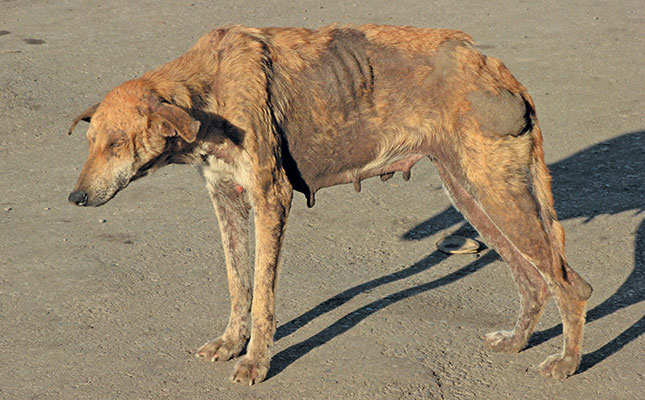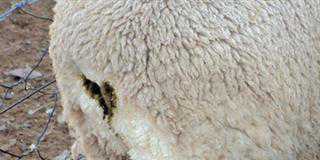
Rabies was once known as ‘hydrophobia’ (fear of water) because in the later stages of an infection, the victim has difficulty swallowing and shows panic when presented with liquids to drink. Any mammal infected with the virus may demonstrate hydrophobia.
Rabies affects the brain, leading to acute inflammation and invariably killing the person or animal involved. It is spread when an infected animal scratches or bites another animal or human. Saliva from an infected animal can also transmit rabies if it comes into contact with one’s eyes, mouth and nose, or broken skin.
Every year, rabies causes about 55 000 deaths worldwide, according to the World Health Organization. More than 95% of these occur in Asia and Africa. Rabies is present in more than 150 countries and on all continents except Antarctica.
Three stages of rabies occur:
Prodromal stage: This is a one- to three-day period characterised by behavioural changes.
Furious stage: This lasts three to four days. The infected animal typically attacks other animals during this period.
Paralytic phase: Damage to the brain leads to rear limb paralysis, drooling and difficulty swallowing due to paralysis of facial and throat muscles. Death is usually due to an inability to breathe.
Early symptoms in humans can include fever and tingling at the site of exposure. These are followed by one or more of the following: violent movements, uncontrolled excitement, fear of water, an inability to move parts of the body, confusion, and loss of consciousness.
Precautions
Vaccination is the only protection. Vaccinate your dogs and cats, and do not allow them to roam the streets. Never touch a strange, injured animal. If you get bitten, thoroughly disinfect the wound, and immediately consult a doctor or clinic.
Sources: Directorate Veterinary Services, department of agriculture; “Rabies Fact Sheet No. 99”; World Health Organization; Merck Veterinary Manual (merckvetmanual.com).













